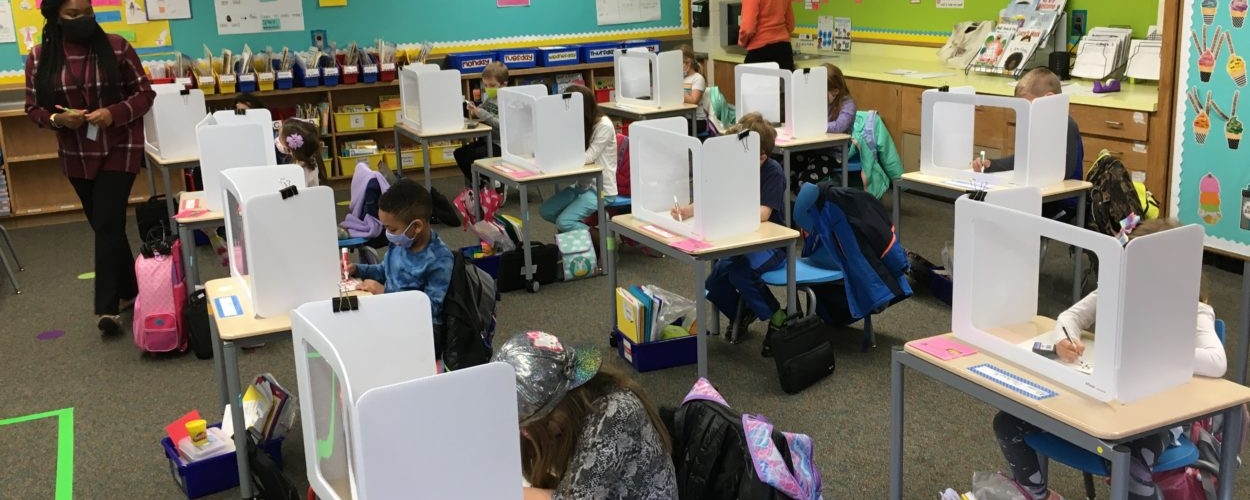So often, when we discuss education funding, we stick to the dollar and cents. The total amount a school receives. The per-pupil spending. But it’s what those dollars do, the doors they open, and the experiences they provide that matter most.
What does an additional $1,330 mean for a fourth-grader in Waterbury? How about an additional $1,450 for an eighth-grader in New Britain? Or the additional $1,840 for a kindergartner in New London?
It could mean social work support, smaller class sizes, a laptop, a new work-based learning program or access to extracurriculars. It could be the difference between a child finding their passion or feeling left behind. It could be the difference between a thriving Connecticut economy, and one that struggles to remain competitive in the long term.
So how does Connecticut make this happen? The student-centered funding formula outlined in HB5283 would provide the funding necessary to make these critical differences in the lives of Connecticut’s public school students, regardless of what type of school they attend.
If a school has mental health concerns, they’ll have the resources needed to hire school psychologists. If another school has concerns regarding their math outcomes, they can hire interventionists and tutors. And, if families need better after-school or summer learning options, schools can build out additional programming.
HB5283 recalibrates and simplifies Connecticut’s Education Cost Sharing formula to send much-needed resources to students starting in fiscal year 2025 — when federal COVID relief funds expire. The proposal:
- funds students based on their individual needs;
- shrinks the state’s alarming racial and socio-economic education funding gaps by more than 53 percent;
- provides equitable funding to all students in traditional, magnet, charter, and vocational-agricultural schools; and
- eliminates the need for interdistrict tuition payments.
The funding fix also complements proposals before the legislature to provide greater mental health supports (SB1), diversify the educator workforce (SB274), and invest in early childhood education.
Connecticut continues to see its fiscal health improve with a large rainy day fund and considerable budget surpluses. But what “rainy day” are we waiting for when it is pouring for Black, brown, and low-income students across the state? Investments in education are life changing and can help students break generational poverty.
We must ask ourselves and our lawmakers, if we do not invest in our children when we have the resources to do so, when will we?
To learn more about HB5283 and its impact on your town, please visit: Student-Centered Funding, and Funding by District in HB5283 .
Subira Gordon, of Connecticut Coalition for Achievement Now (ConnCAN) ; Ruben Felipe, of the Connecticut Charter Schools Association ; Daniel Pearson, of Educators for Excellence ; Jamilah Prince-Stewart, of FaithActs for Education ; and Lisa Hammersley, of School and State Finance Project are are the executive directors for member organizations of the Education Justice Now Coalition , a group of education policy organizations.







